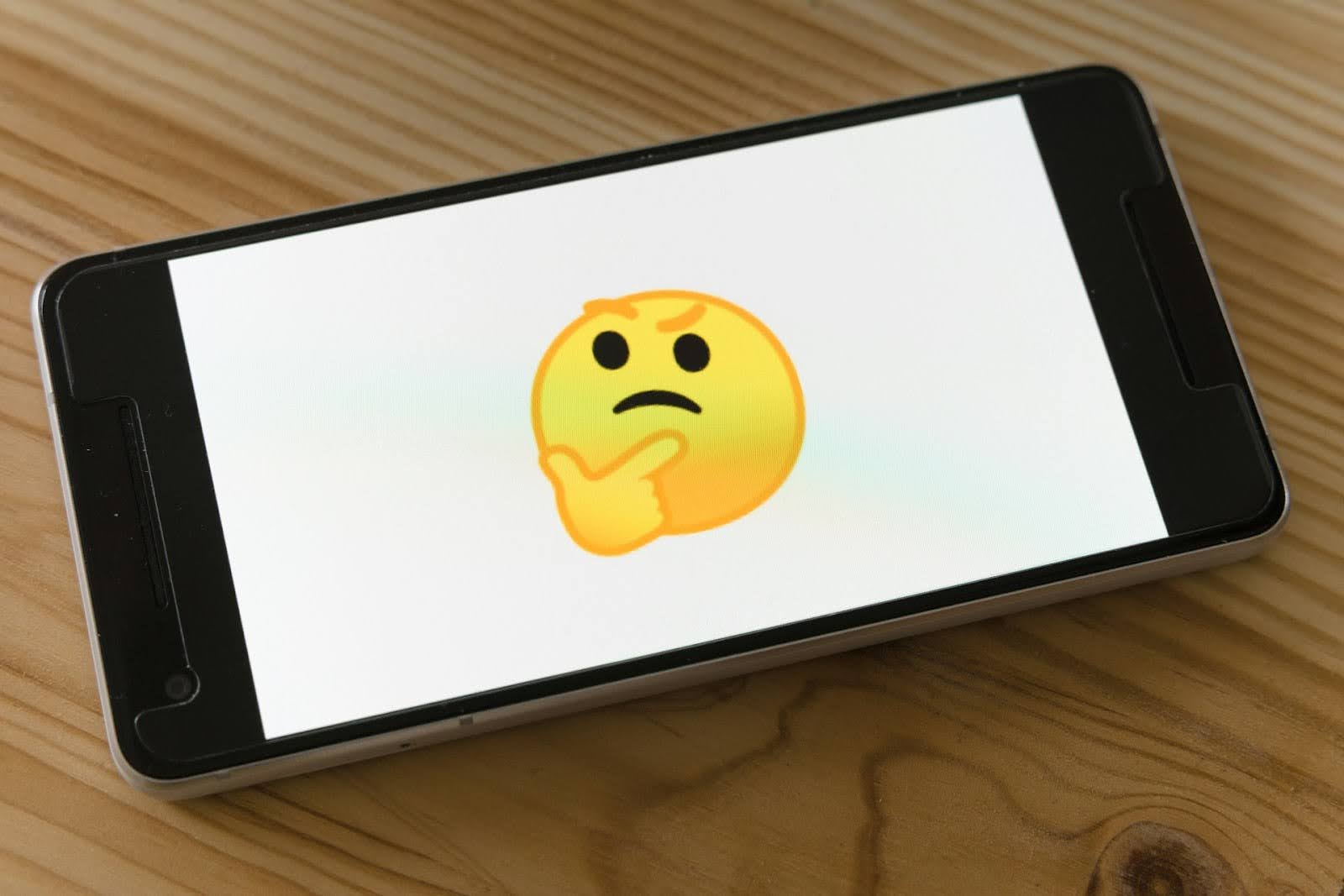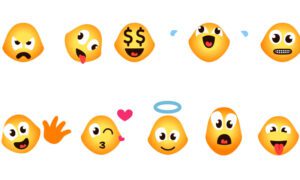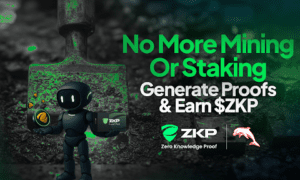We live in an era where digital communication prevails, and messages must be read and understood almost immediately.
Emojis play a large part in this, and are being used more and more often — in fact, over 10 billion (yes, BILLION) emojis are exchanged every day. We use them to express feelings and to react to messages, and, like it or not, they’ve become an intrinsic part of our daily communications.
For brands this is critical. Never before, there has been such pressure to communicate clearly, quickly, and with personality. If used correctly, emojis can become a powerful tool in any brand’s arsenal and are, in fact, potent instruments for shaping and reinforcing a bold brand voice.
Emojis to communicate
In a world with an ever-shrinking attention span, emojis can be used to quickly express emotion (a smiling or sad face, for example), understanding (thumbs up, or a tick, for example), as well as setting tone, context, that might otherwise require multiple sentences.
A hand gesture, a fire emoji, or a laughing face can quickly turn a bland message into something dynamic and engaging, as well as making it quicker to read and understand.
This can especially be said of Gen Z’ers, who have grown up with powerful smartphones and tablets at their disposal (although emojis are widely used by millennials and to some extent by Gen X and even baby boomers), as it is an important thing to consider when thinking of the next brand campaign.
Why Emojis matter for brands
Marketers are increasingly trying to appeal to Gen Z due to their ability to influence trends. Now a part of the workforce, Gen Z have significant purchasing power. This tech-savvy generation grew up with social media and has a strong preference for authenticity and reliability in marketing.
For bold brands, i.e. those that aren’t afraid to show personality, take risks, or push boundaries, emojis offer a direct line to creating authenticity and relatability. They humanise digital interactions and allow brands to speak the language of their audiences, especially for younger, mobile-first consumers who use emojis daily.
Establishing a brand voice
Creating and cultivating a brand personality helps create emotional connections with your target demographics.
Emojis can become a powerful part of that by helping to define your brand and make it stand out in an increasingly competitive marketplace. If you wish to convey a playful message, then emojis such as cry-laughter, explosions, or even pizzas might fit the bill.
Other brands, such as luxury brands, might stick to simpler, more minimal and elegant emojis to send their message of sophistication across. Emojis can help humanise your brand and keep your messaging consistent across all platforms, from your email and targeted SMS campaigns through to your social media presence.
Consistency is key. Choose a small range of emojis that can convey your personality and stick to them, this will help make your branding immediately recognisable.
Dos of using emojis to build your voice
DO choose emojis suited to the tone and the type of brand you are, for example, a brand based on sustainability may choose to use leaf emojis, while one that offers more traditional professional services might choose to stick to ticks, thumbs-ups, and other simple symbols.
DO use emojis sparingly. Of course, given all that you’ve read above, emojis are powerful ways to express emotion or set context, but overuse of them in your marketing messages can begin to feel unprofessional, as well as making your messages seem cluttered.
DO consider your target demographic. Different generations use different emojis. Some millennials may not understand and recognise the kinds of slang emojis that Gen Z’ers use. As a general rule of thumb, you should keep it simpler for the older generations, and do some research if you’re not sure what younger audiences respond to and understand.
DO use emojis which have the correct meaning as above, research is key, especially for younger generations who apply different usages to different symbols. The last thing you want is to convey the wrong message, or worse, an obscene one!
Don’ts of using emojis to build your voice
DON’T use emojis you don’t understand, as this could muddle your message, confuse, or offend your target demographic. You could, however, use tools to create your own.
DON’T overuse emojis. Remember that these symbols, whilst powerful communicators, are there to enhance your words rather than to replace them.
DON’T forget cultural differences. Remember that like words, emojis can mean different things in different cultures, and an innocuous emoji could be confusing, or even offensive in another culture.
Love them or hate them, there is no doubt that emojis form a major part of our daily communications. And, rather than ignoring them, brands can wisely use emojis to build a strong and bold voice to enhance the power of their marketing messages across all platforms.

































